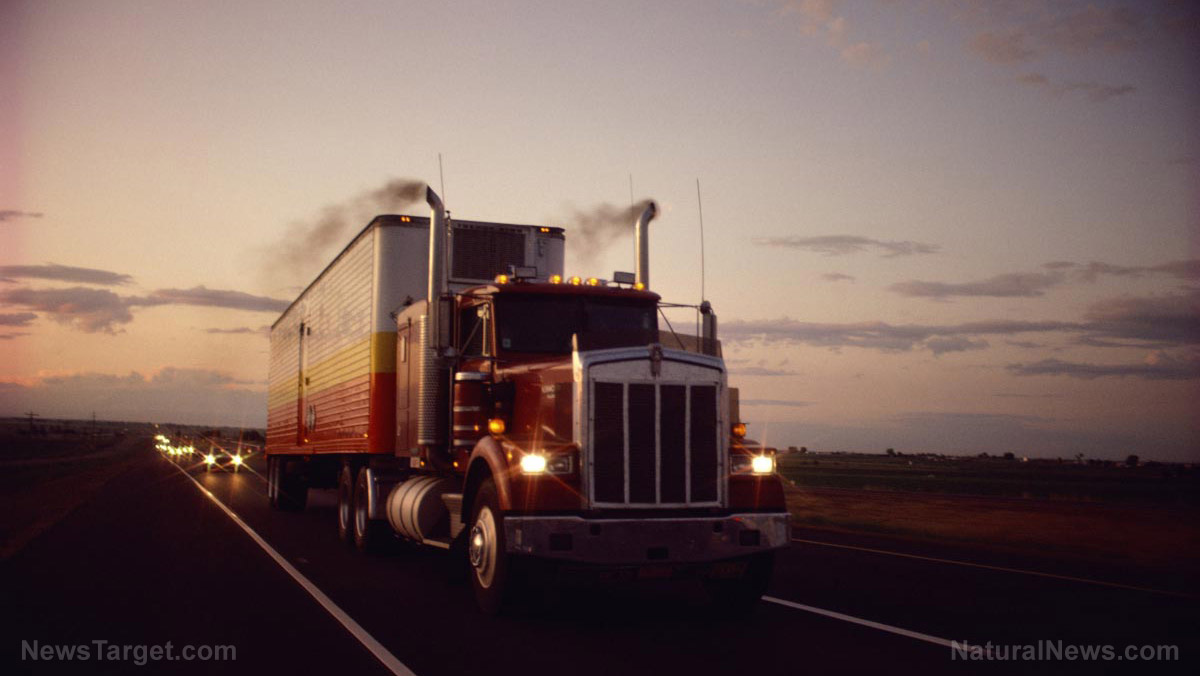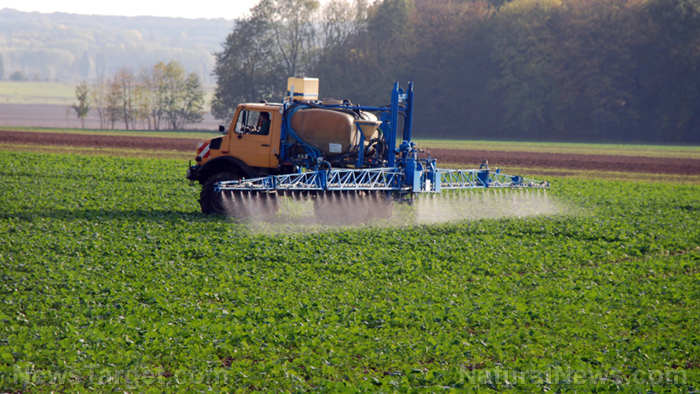Florida farmers left with mountains of unsold food as coronavirus scrambles supply chain
04/10/2020 / By Franz Walker

Farmers in Florida are seeing mounds of fresh produce rot in fields as the coronavirus outbreak wreaks havoc on supply chains. The closure of restaurants, schools and theme parks nationwide due to the coronavirus outbreak has left farmers scrambling to figure out how to sell their harvest.
Florida is America’s leader in harvesting tomatoes, green beans, peppers and cabbage at this time of year. However, only some of the crops reach grocery stores, most farmers cater solely to the food service market, supplying restaurants, schools, stadiums and theme parks — businesses that have been hit hard as cities and states have ordered people to stay at home and avoid contact with others.
According to Tony DiMare, a tomato grower who owns farms in South Florida and the Tampa Bay area, 80 percent of tomatoes grown in the state are meant for now-shuttered restaurants and theme parks.
Farmers unable to sell or even donate their produce
The farming industry is Florida’s second-largest economic driver, yielding $155 billion in revenue and supporting about 2 million jobs. The loss has now created a domino effect through the industry as growers are unable to find new buyers for their crops.
“This is a catastrophe,” said Tony DiMare, a tomato grower who owns farms in South Florida and the Tampa Bay area. “We haven’t even started to calculate it. It’s going to be in the millions of dollars. Losses mount every day.”
Trying to sell their unsold produce to grocery stores has proved difficult. Most large chains already have existing contracts with farmers who grow for retail, many of which are based outside the United States.
Some farmers have tried donating their produce to food banks. However, there’s a limit on how much charities can accept as storage is an issue for perishable fruits and vegetables. DiMare pointed out that some Central Florida food banks are already full after shuttered theme parks donated massive amounts of produce.
“We can’t even give our product away, and we’re allowing imports to come in here,” DiMare said.
Farmers in other states feeling the pain as well
It’s not just Florida farmers who’re having trouble selling surplus produce originally meant for foodservice buyers. On the West Coast, farmers who grow lettuce and other leafy greens are also feeling the pinch.
“The tail end of the winter vegetable season in Yuma, Arizona, was devastating for farmers who rely on food service buyers,” stated Cory Lunde, spokesman for Western Growers, a group representing family farmers in California, Arizona, Colorado and New Mexico. “And now, as the production shifts back to Salinas, California, there are many farmers who have crops in the ground that will be left unharvested.”
Lunde stated that a spike in demand for produce at the beginning of the outbreak has now subsided.
“People are staying home and not visiting the grocery stores as often,” explained Lunde. “So the dominoes are continuing to fall.”
Matching supply with demand is the problem
Producers and agriculture officials have acknowledged that supply itself is not the problem. The issue, according to them, is matching the existing surplus supply with demand and getting it to where it’s needed the most. (Related: China now facing its own food crisis… is a food collapse also coming soon to the USA?)
All over the country, many farmers are now looking for alternative means to get their produce to people’s tables. “We’re using this as an opportunity to encourage collaboration and farmers working together to try to fill the gaps in this disruption,” said Evan Wiig, membership director at the Community Alliance with Family Farmers. Wiig’s organization is currently working to pair farms that previously sold direct to restaurants and schools with already established delivery logistics.
“It’s been kind of a mad rush to figure out supply and demand and who needs what, who has what,” he explains. “This is usually something that you do carefully over the course of an entire year. And here we are trying to do it in a matter of a week in order to prevent the closure of the farms, and also a lot of food waste.”
Brian Greene, CEO of Houston Food Bank, agrees with these sentiments. He states that farmers and food banks are now sitting on a “potential bonanza.” The main problem is that the relationships and arrangements needed to get produce from farm to table usually take time to develop — something the farmers don’t have with perishable produce just sitting out on the field.
“The reality is what makes the food chain work normally is there are just tens of thousands of arrangements that have been developed over time in order to match supply and demand. Then you just suddenly break all that and you’re trying to, with voluntary relationships, piece something together in a very short timeframe,” Greene said. “There’s going to be a lot of failure.”
Sources include:
Tagged Under: Collapse, coronavirus, covid-19, farmers, Florida, flu, food, food bank, food demand, food service, food supply, government, groceries, infections, outbreak, pandemic, priority, produce, superbugs, supply chain, surplus food, surplus produce, USA, virus
RECENT NEWS & ARTICLES
COPYRIGHT © 2017 CHAOS NEWS




















